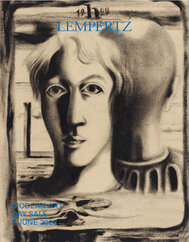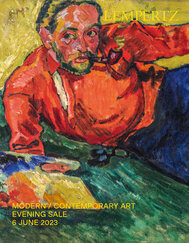Impressionism
Everything is colour and light, and all art is the moment: Impressionism saw the world with other eyes and illustrated it with new means. The unprecedented light and freshness of its pictures fascinated critics and audiences alike and founded one of the most loved and successful epochs of art history still today.
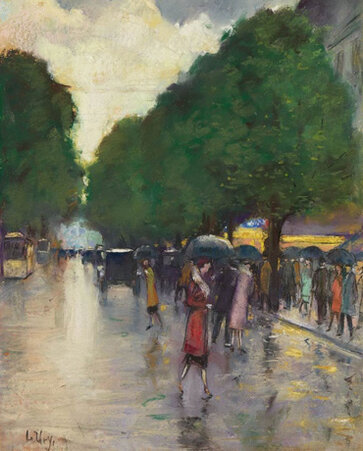
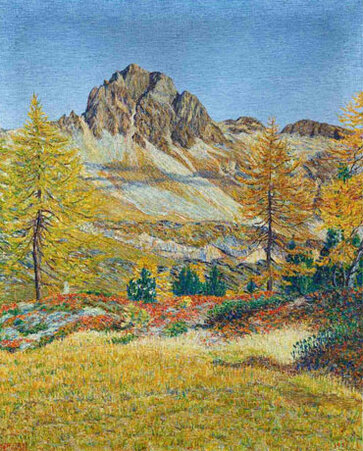
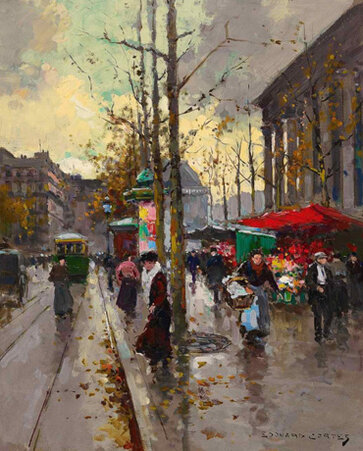
Impressionism - Table of contents
- Impressionism began with a sunrise
- En plain air painting was the fundament of Impressionism
- Impressionism strove for the purity of colour
- The flux of light and colour shaped Impressionism
- Impressionism did not stay limited to France
- Impressionism has many unexplored facets
- Current auctions - Impressionism
- Our passed Impressionism-Auctions
- Impressionism Prices
- Sell Impressionism - Object evaluation & Consignment
Impressionism began with a sunrise
When the French painter Claude Monet presented his picture Impression, soleil levant (Impression, Sunrise) to a small group of interested people in the studio of the Parisian photographer Nadar in April 1874, none of those present knew that at that moment, a great episode of art history had been written. Initially, however, it did not seem the case: The ‘Impression’ (French/English) that the new way of painting evoked in critics and the public, was not so favourable: the followers of the yet misunderstood style were demeaned with insult and ridicule as ‘Impressionists’. Alongside Monet, these included the young French artists Frédéric Bazille, Edgar Degas, Édouard Manet, Berthe Morisot, Pierre-Auguste Renoir, Camille Pissarro and Alfred Sisley. Their joint concerns were the renewal of art and the rejection of Classicism in particular, with its exaggerated representations of historical and mythological scenes. Classicist pictures were not based on reality, but an idea – a concept that the Impressionist staunchly opposed. The starting point for their art should be real life - not the objective, absolute-remaining, timeless reality, but the subjective, ephemeral reality of the moment.
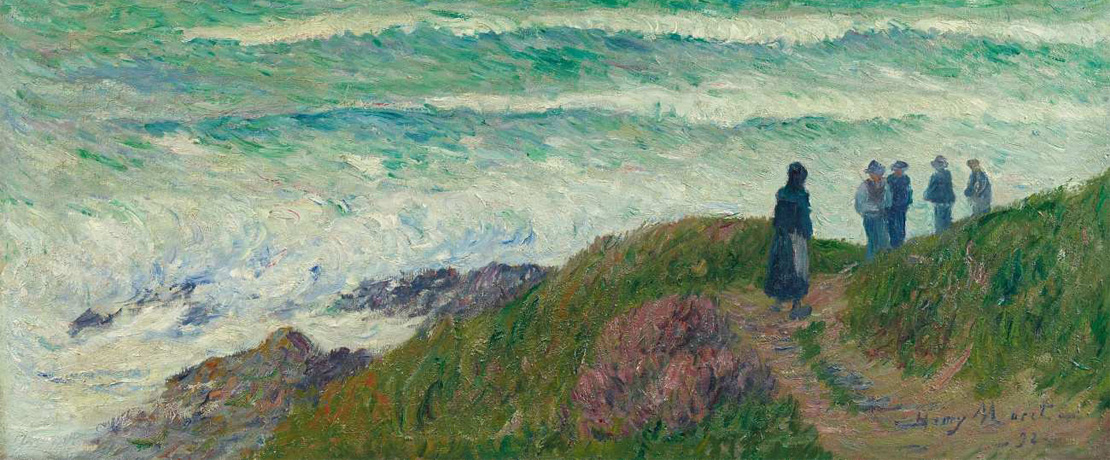
En plain air painting was the fundament of Impressionism
In order to get as close as possible to reality, the Impressionists had to leave their studios with their artificial light sources and carefully arranged motifs – unheard-of for the time. To paint nature, one had to observe it, to trust the sense of sight, following the example of Gustave Courbet. For Monet and his kindred spirits, the vacation of the studio, the passage outside, was not simply an interesting experiment. They consciously and resolutely put their existence on the line; they did it for the cause, the envisaged renewal of art. En plein air painting (in the open), was not invented by the Impressionists; Romantics such as John Constable or Richard Parkes Bonington had also sought nature in the outdoors, in nature itself, but it was the Impressionists who hence formed its artistic principle. The close observation of nature brought new insights into colour and light, the practical application of which led to a lighter palette and a richer colouring of even shadows, which had previously been represented in black and grey tones.
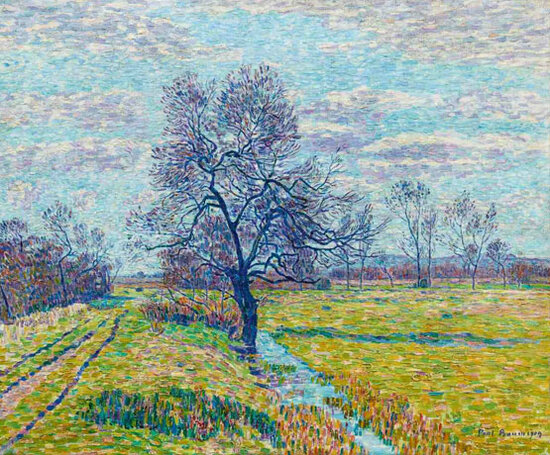
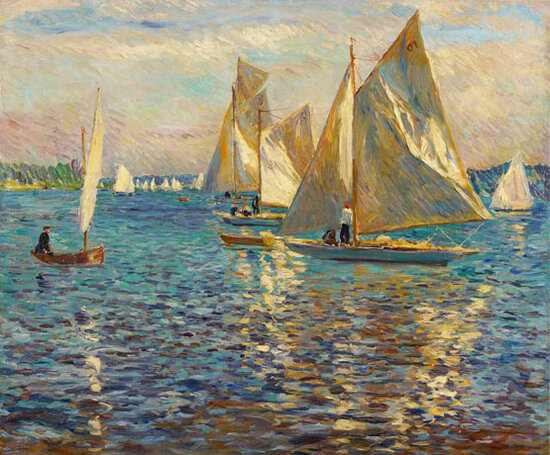
Impressionism strove for the purity of colour
Impressionism did not represent unchanging, eternal tangibility, but the dynamics of movement, the transience of time. In their studies in nature, the keenly observant Impressionists noticed that light and colour were subject to constant change – a change induced by movement and time. The Impressionist painters strove to depict these constellations as realistically as possible. To reach this ambitious goal, they opted for the purest colour possible, in many cases refraining from mixing the required hues on the palette and instead placing the unmixed tones so skilfully next to each other on the canvas that the desired result was achieved through so-called optical mixing alone. This technique required however a certain spatial distance between the viewer and the work in order for the intended effect to unfurl. The Impressionist manner of painting was pushed to an extreme by artists such as Paul Signac and Georges Seurat who applied the unadulterated paint in the form of dots and with this became the founders of Pointillism or Neo-impressionism.
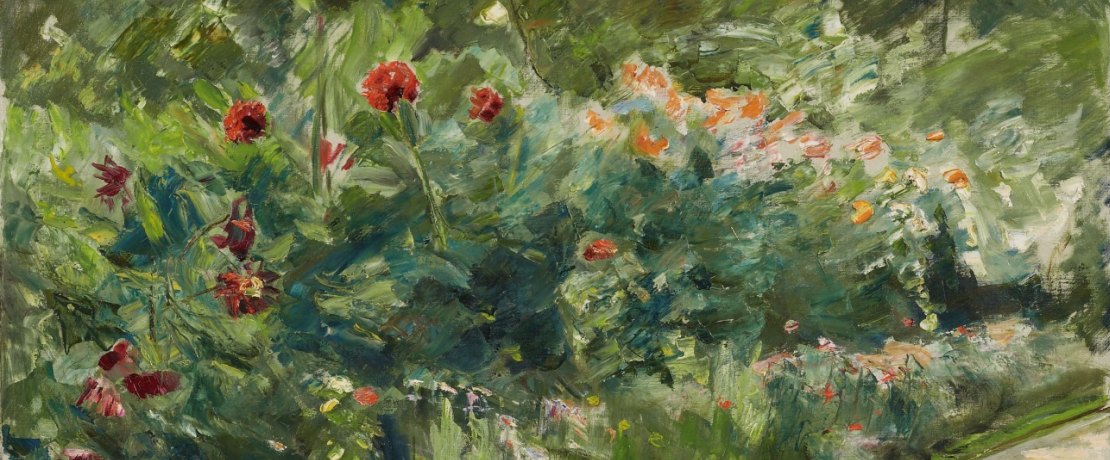
The flux of light and colour shaped Impressionism
The Impressionists knew that all colours arise from the refraction of sunlight, and therefore attributed particular importance to light. The flux of colours in different weathers, times of day and the year and light reflections such as on the surface of water, played an important role for Impressionist art. Claude Monet tended a flower garden in the Normandy village of Giverny, and the floral splendour provided him with indispensable illustrative material. The most important object of study was the famous lily pond which Monet interpreted numerous times to the edge of abstraction in a play of light and colour; the repeated working of a motif under changing conditions was a frequently practised discipline of the Impressionists. But not all representatives of Impressionism focused exclusively on plein air painting. Artists such as Edgar Degas intentionally addressed interior scenes with figures placed in the foreground, the skilful composition capturing them so vividly in motion that the paintings at times take on an almost cinematic drama. Generally, painting according to natural laws did not signify the restriction of nature’s motifs: Camille Pissarro preferred to roam the city, and painted the strolling passers-by on the boulevards and the night lights, whilst Auguste Renoir was passionate about public festivals and social occasions. People and the city were an equally as interesting subject for the Impressionist as nature.
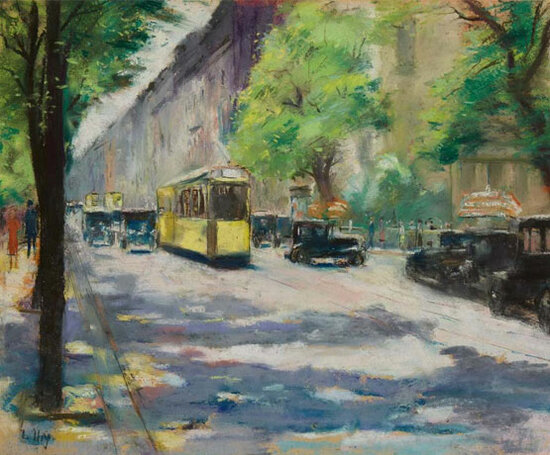
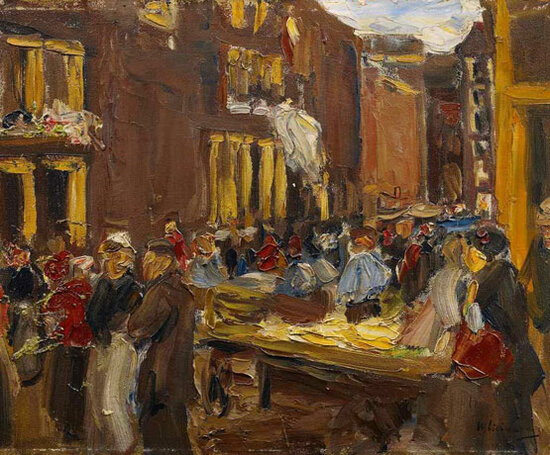
Impressionism did not stay limited to France
Impressionism today, in retrospect, is often referred to with regards to France, but this restriction does not do justice to its complex currents. Italy developed a type of alternative Impressionism based on the movement’s insights: The ‘Macchiaioli’ travelled the country with their painting utensils and captured the life of the everyday people and the raw beauty of Tuscany with a particular focus on light and shade. In contrast, Impressionism made its way to Germany somewhat slower – it wasn’t until the end of the 19th century that Wilhelm Leibl attempted works in the Impressionist style, joined by Lovis Corinth, Max Liebermann and Max Slevogt.
The once revolutionary compositional tools of the early Impressionist became more widely accepted and absorbed. Hardly any other art epoch has produced as many great masters in such temporal density. In the end, initially despised, Impressionism became the dominant art form, provoking counter reactions of its own, expressed in Cubism and Expressionism.
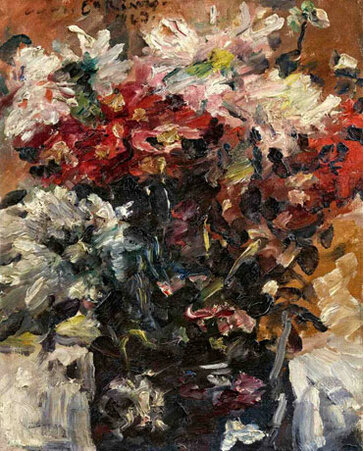
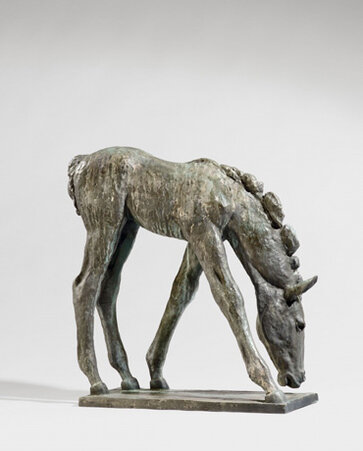
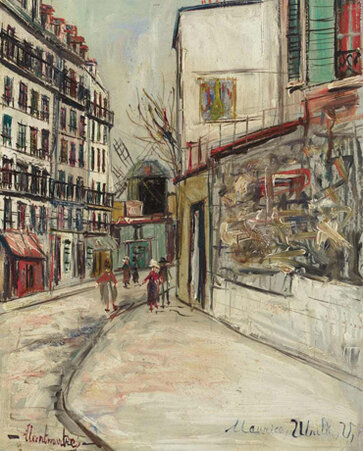
Impressionism has many unexplored facets
The history of Impressionism has been often written, but never recorded in full. It was an inhomogeneous movement with many currents which are by no means all fully developed. With its diverse auctions, Kunsthaus Lempertz offers the chance to discover the fascinating wealth of Impressionistic creativity. Included in the success story of Impressionism at Lempertz is the early picture Bouqet estival by Pierre-Auguste Renoir which significantly surpassed its estimate of 180,000 euro to sell for 327,250 euro. There was also strong interest for the long undiscovered work Vaches dans un pré, soleil couchant by Camille Pissarro which reached a result of 178,500 euro. Danseuse sur les pointes, the simple pastel sketch of a ballet dancer by the specialist for figures and movement, Edgar Degas, sold for 62,400 euro, a good 12,000 euro above the upper estimate.
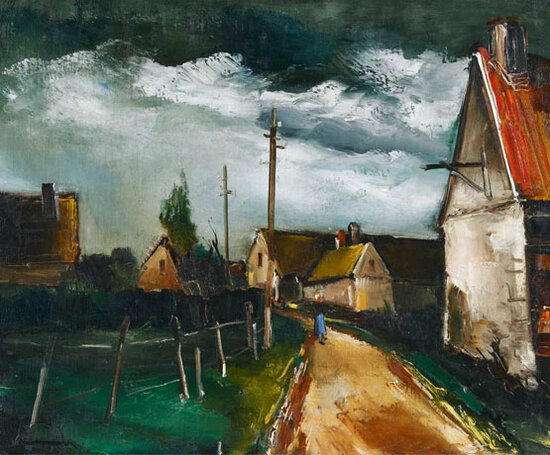
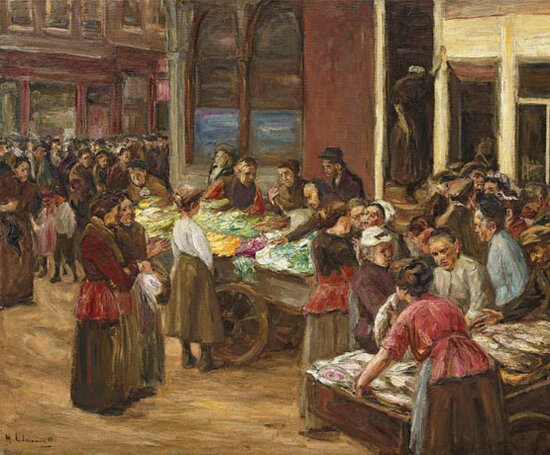
Current auctions - Impressionism
Auction 1224 - Day Sale - Modern Art
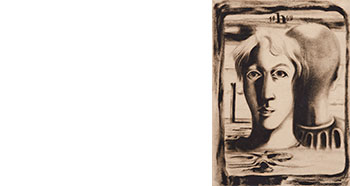
Auction
Wednesday, June 7
11 am: Lot 100 – 275
Preview
Thursday/Friday, 1/2 June, 10 am - 5.30 pm
Saturday, June 3, 10 am - 4 pm
Sunday, June 4, 11 a.m. - 4 p.m.
Monday, June 5, 10 a.m. - 5.30 p.m.
Vernissage
Wednesday, May 31, 6 pm
Berlin, Poststr. 22 (a selection)
Tuesday, May 23, 10 am - 9 pm
Wednesday, 24 May 10 am - 5 pm
Vernissage
Tuesday, May 23, 6 pm
Auction 1223 - Evening Sale - Modern Art
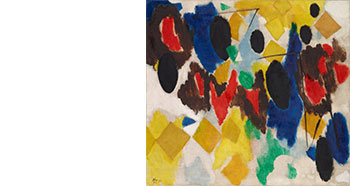
Auction
Tuesday, June 6
6 pm: Lot 1 – 97
Preview
Thursday/Friday, 1/2 June, 10 am - 5.30 pm
Saturday, June 3, 10 am - 4 pm
Sunday, June 4, 11 a.m. - 4 p.m.
Monday, June 5, 10 a.m. - 5.30 p.m.
Vernissage
Wednesday, May 31, 6 pm
Berlin, Poststr. 22 (a selection)
Tuesday, May 23, 10 am - 9 pm
Wednesday, 24 May 10 am - 5 pm
Vernissage
Tuesday, May 23, 6 pm
Our passed Impressionism-Auctions
- Auction 1212 - Day Sale - Modern Art
- Auction 1211 - Evening Sale - Modern Art and Contemporary Art
- Auction 1201 - Day Sale - Modern Art
- Auction 1200 - Evening Sale - Modern Art and Contemporary Art
- Auction 1188 - Day Sale - Modern Art
- Auction 1187 - Evening Sale - Modern and Contemporary Art
- Auction 1178 - Day Sale - Modern and Contemporary Art
Impressionism Prices
A few examples of impressionism prices auctioned in Lempertz auctions:
| Impressionism | Auction - Lot Nr. | Object | Price |
|---|---|---|---|
| Impressionism | Auction 1187 - Lot 56 | Lovis Corinth - Ananas | 162.500 € |
| Impressionism | Auction 1187 - Lot 51 | Renée Sintenis - Großes stehendes Fohlen | 156.250 € |
| Impressionism | Auction 1177 - Lot 100 | Lesser Ury - Hochbahnhof Nollendorfplatz von der Bülowstraße aus gesehen, Berlin | 125.000 € |
| Impressionism | Auction 1177 - Lot 25 | Edgar Degas - Étude de ciel (Rivage et ciel) | 93.750 € |
| Impressionism | Auction 1187 - Lot 12 | Max Liebermann - Die Enkelin im Korbsessel nach rechts | 50.000 € |
| Impressionism | Auction 1187 - Lot 54 | Max Liebermann - Beim Buttern | 47.500 € |
| Impressionism | Auction 1177 - Lot 84 | Auguste Rodin - Main gauche | 32.500 € |
Sell Impressionism - Object evaluation & Consignment
Do you own a work by a Impressionism artist and would like to sell it?
Have your work of art valued without obligation and free of charge.
Our experts will contact you with their assessment of your works/works of art as soon as possible.

